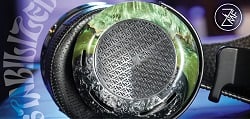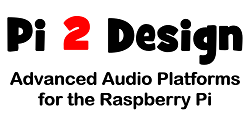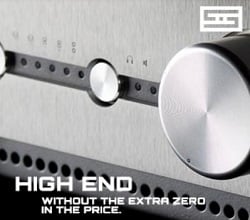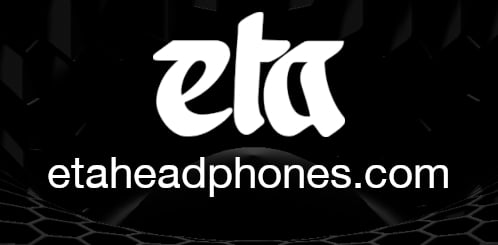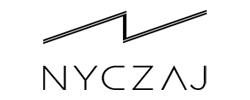-

Don't be a dotard!
Read these "rules" AND introduce
yourself before your first post - Dismiss Notice
- Dismiss Notice
Holo Audio - Spring DAC - Level 3 - "Kitsune Tuned Edition" - Impressions & Reviews
Discussion in 'Digital: DACs, USB converters, decrapifiers' started by Torq, Nov 7, 2016.
Page 11 of 23
Page 11 of 23
